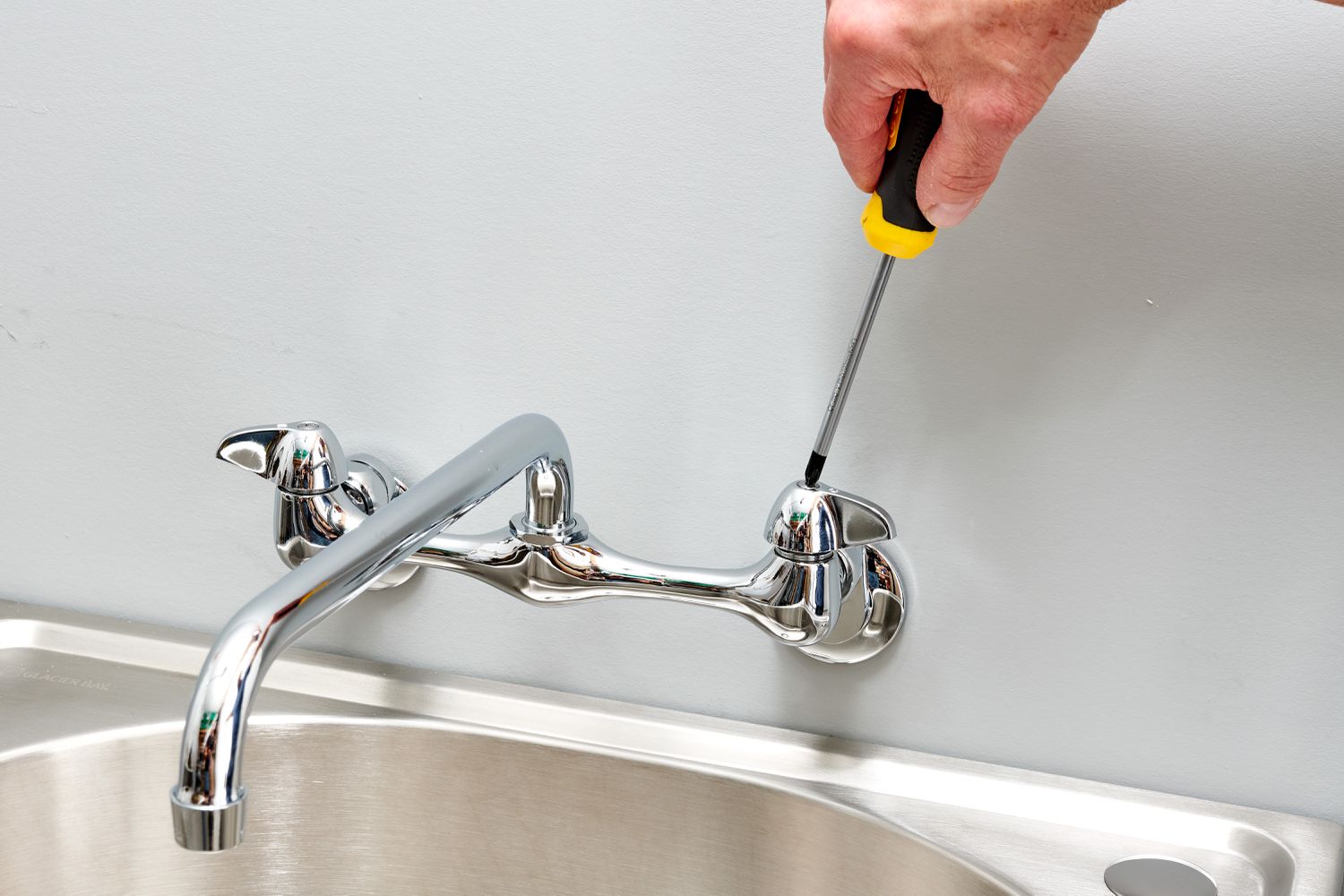Your faucet leaks for many reasons, but don’t worry; fixing it is often simple. First, make sure to stop the water flow by turning off the supply. This keeps your space dry as you work.
If parts seem small or tricky, plug your drain to keep them safe. Not all feel at ease with do-it-yourself fixes and might not have needed tools. That’s okay! For such times, calling a skilled plumber can save the day.They fix leaks and tackle any water harm too.Just reach out online or call directly for help.
Identifying Common Faucet Problems
Before you tackle that dripping faucet, make sure to block the drain. This stops tiny bits from getting lost down there. If handling tools isn’t your thing or you don’t have what’s needed, it’s wise to reach out for plumbing repair services.
Should water damage be a concern, setting up an appointment becomes even more crucial. Always start by turning off the water supply under the sink. This prevents unwanted spills and keeps things dry while working on repairs.
After shutting off this valve, open up the faucet to ensure no water flows through. Next step is removing your faucet handle carefully to peek inside at its inner workings where leaks often begin their mischief. Whether easing it off with gentle pulls or using some tool assistance when stuck—it must come free.
Access is granted, so inspect closely for wear-like cracks in parts such as O-rings or washers. Finding these worn pieces means replacement time—usually a simple task once you’ve nabbed a matching part from any local hardware store. Finally, reassembling everything properly is key after installing new components, ensuring nothing more than smooth running taps moving forward.
DIY Repair Tips for Homeowners
To fix a faucet that drips, first cut off the water flow. Take off the handle to get to the stem or cartridge beneath. If you find these parts worn out, replace them with new ones.
When dealing with leaks at the base, check and change any faulty O-rings or gaskets if needed. For handles leaking water, it often points to an issue with valve stems or cartridges needing replacement. In cases where your faucet spews or splatters water unevenly, unscrew and clean its aerator thoroughly to remove blockages.
Always have tools like wrenches and screwdrivers ready, along with necessary spare parts such as washers and plumber’s tape, before starting repairs. Remember, putting a bucket below during work catches any spillage, thereby preventing messes. Regular cleaning keeps buildup at bay, while gentle handling of faucets prevents early wearouts from undue stress on components—aiding in longer-lasting functionality without frequent fixes required.
Benefits of Regular Maintenance Checks
Doing regular checks helps you avoid big water messes. When you look at your faucet often, you catch leaks early. This saves water and money over time.
Plus, fixing a small leak is easier than handling bigger issues later on. Tools like C-wrenches and screwdrivers keep the job simple for anyone trying to fix leaks themselves. Checking parts like O-rings or washers can stop drips fast if they’re worn out and replaced correctly with new ones from any store that sells these bits.
Regular maintenance keeps your home dry and damage-free by replacing old pieces before they fail. This proactive approach avoids costly repairs and ensures everything runs smoothly, saving resources and preventing unexpected issues.





